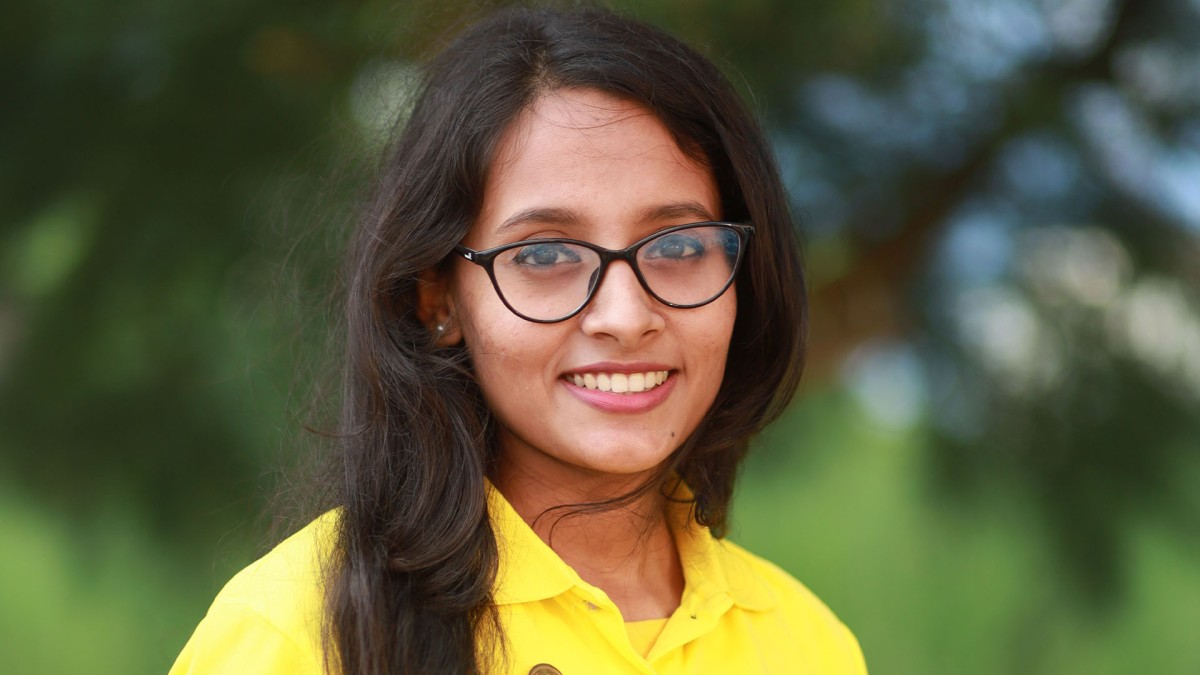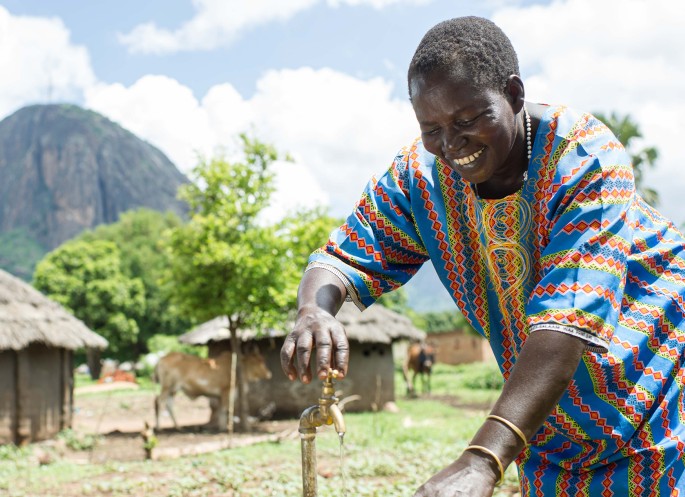Water crisis: young people are building resilience
Young people in Bangladesh are taking matters into their own hands in the fight against climate change as the climate crisis is leading to increasing water shortages.
Written by Tanwee Das, Youth Activist, Volunteer for Bangladesh in collaboration with Simavi WAI WASH SDG Bangladesh Sub-programme Team
Climate change as a consequence of global warming is one of the major issues the current generation is facing. By several studies, the average global temperature might rise by 1.4-5.8 degrees Celsius and by 2035, over 75% of the Himalayan glaciers will have retreated and melted. Bangladesh is experiencing the effects of climate change through gradual increases in sea level and temperature. These cause frequent natural disasters, changes in climate patterns and extreme events, such as more intense floods or tidal surges, droughts, and storms.
The situation is continuously getting worse. According to UN World Water development report 2020, between 2001 and 2018, there were almost 74 % of natural disasters that have a water component worldwide. Due to saltwater intrusion and water infrastructure damage brought on by this harsh weather, communities' main sources of drinking water may become contaminated. Aside from being a current issue, inadequate water resources for drinking, bathing, and farming would make things more difficult for the world's expanding population in the future. That’s why young people are taking matters in their own hand.

An alarming situation for young people
This situation is particularly distressing for the Coastal Regions of Bangladesh including Bagerhat, Khulna, Satkhira. South-western people are suffering from the water crisis a lot. As cyclones and flooding have severely increased in the region. Salinity is one of the major problems under which the coastal region of Bangladesh has been suffering over the last couple of years.
This crisis is very alarming for the youth as this threatens their water security in future. The coastal belt’s water resources including tube wells, pond, and river water are not secure anymore. This puts them in a more vulnerable position. About 80% of illnesses in recovering territories are attributed to unsafe drinking water and waterborne diseases. Water salinity also causes an increase in soil salinity which further decreases the agricultural productivity that indirectly causes food scarcity. As they have no choice left, the excessive consumption of sodium gradually increases their health vulnerability. This problem also limits the livelihood opportunity of the youth and forces them to migrate to another place.
Youth from the coastal area is raising up for change
Nowadays the young people are actively concerned about the problem and trying to mitigate the problem in a sustainable way. As the youth from this coastal area have limited resources, unfortunately they cannot take any initiative by their own to mitigate the problem. They have to depend on different Governmental or non-governmental corporation.
The youth from the coastal belt is engaged with different NGOs and governmental organisations and they have learned about those problems and possible solutions. They are trying to build awareness through different campaigns. Campaigns are about the causes of global warming and climate change and about its negative impact on community people. As they are engaged with different NGOs, they do awareness building programs and workshop on using new water technologies in communities, in school or colleges.
Awareness, maintenance and vision for the future
The Ministry of local government has initiated joint initiatives with different international organizations under the name of Local Government Initiative on Climate Change (LoGIC) project. And the WASH (Water, Sanitation and Hygiene) initiatives by World Vision Bangladesh are helping to improve the quality of drinking water by developing new water technologies such as the use of pond sand filters, rainwater harvesting system. According to Department of Public Health Engineering report, these cost minimum 30000tk for Pond sand filters and 11000tk for rainwater harvesting tank. Some donor agencies donate to build those filters and tanks.
The young generation is trying to build awareness to ensure people are using those safe water resources. Along with raising awareness, they also focus to restructure unusable filters and maintain those.
Though now young people are active, to minimise the present water crisis and to save it for future, they need to concentrate more on sustainable management of existing resources and comparatively low-cost water purifying technologies.


